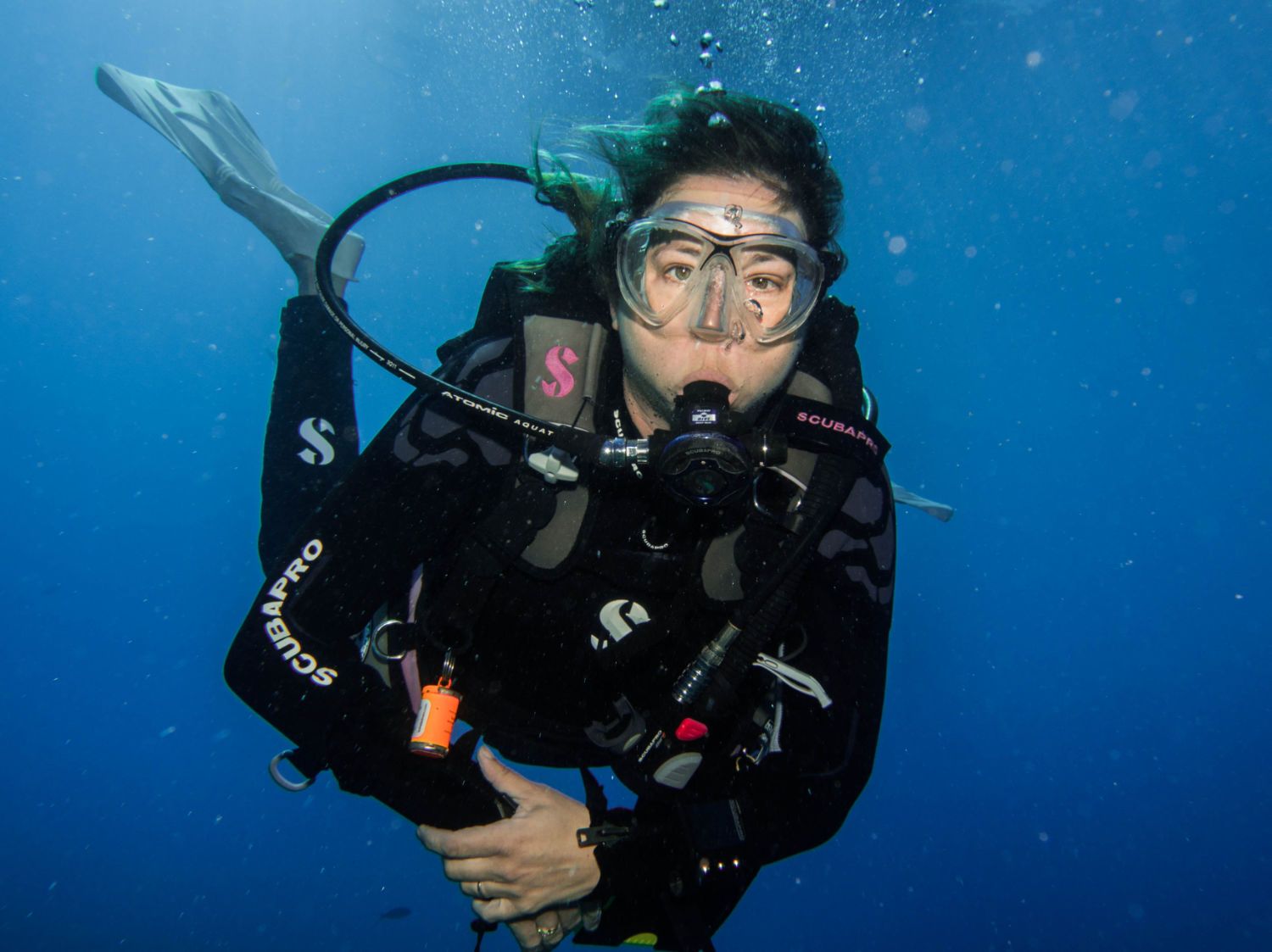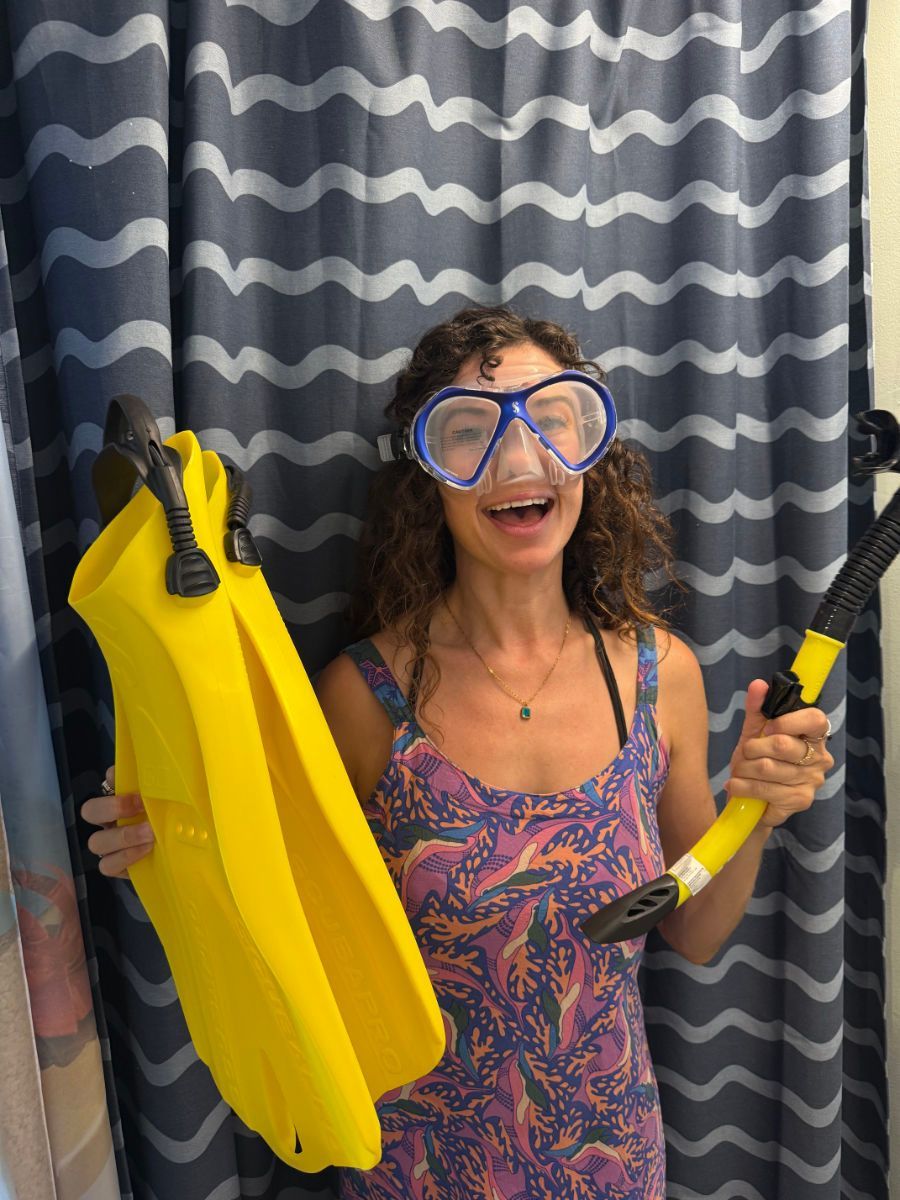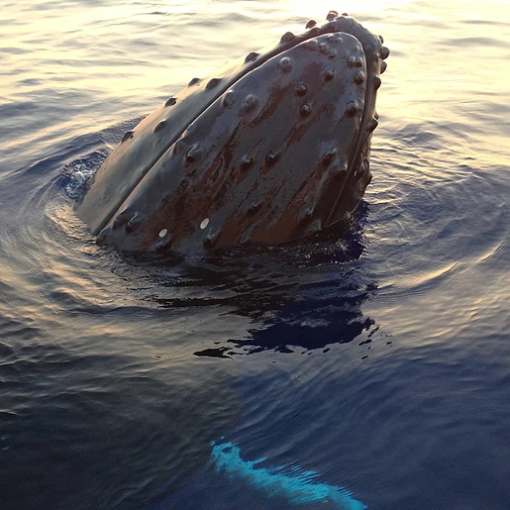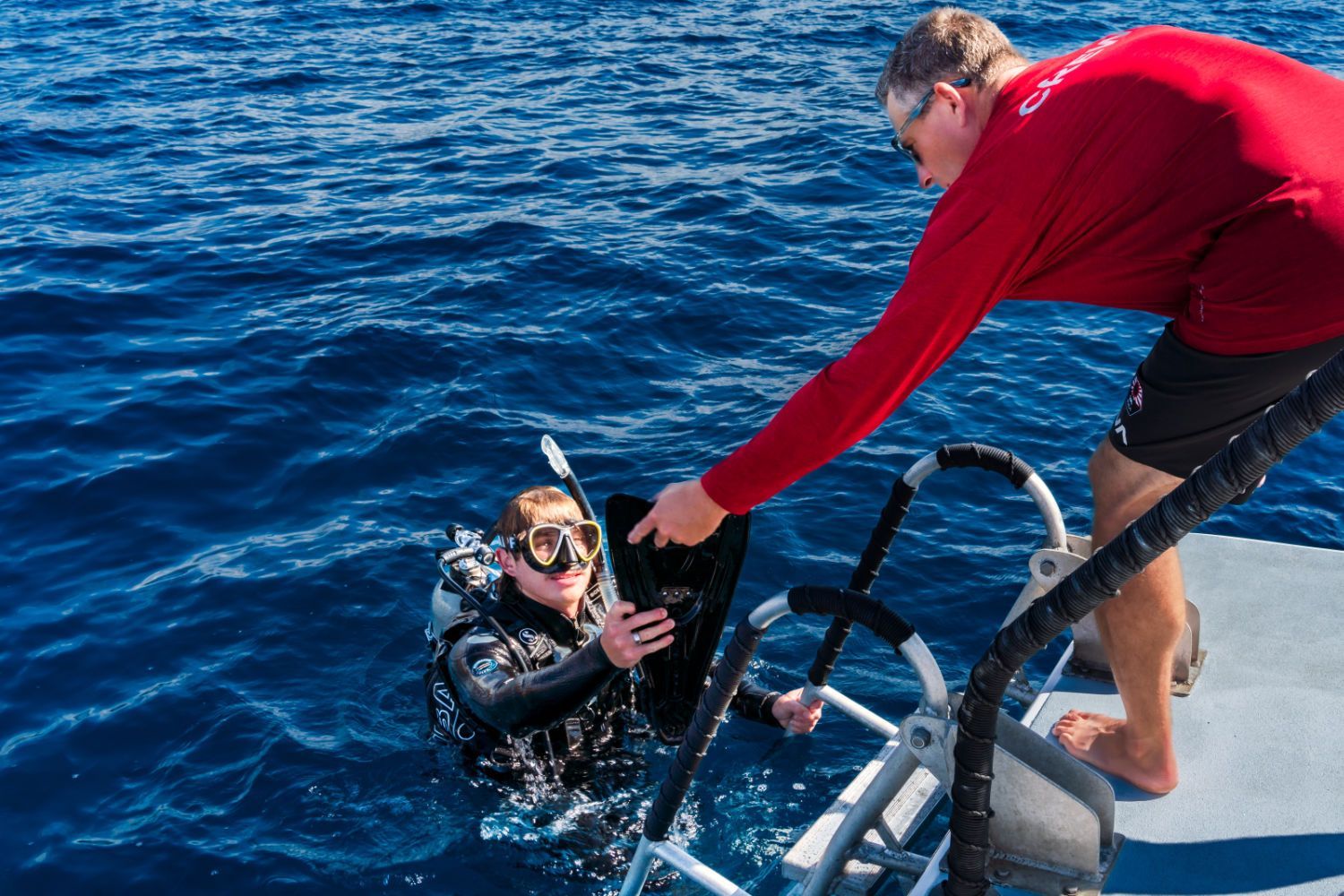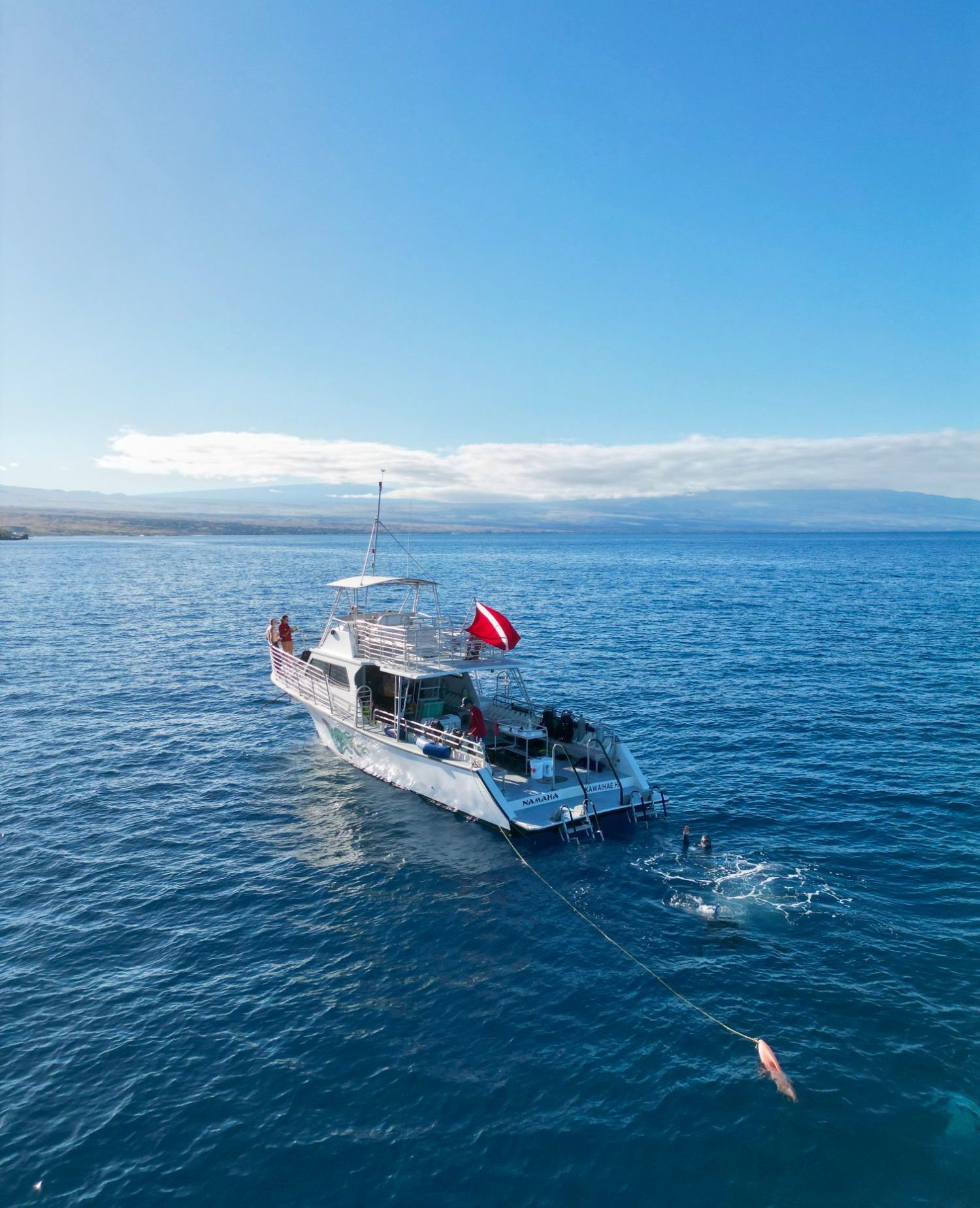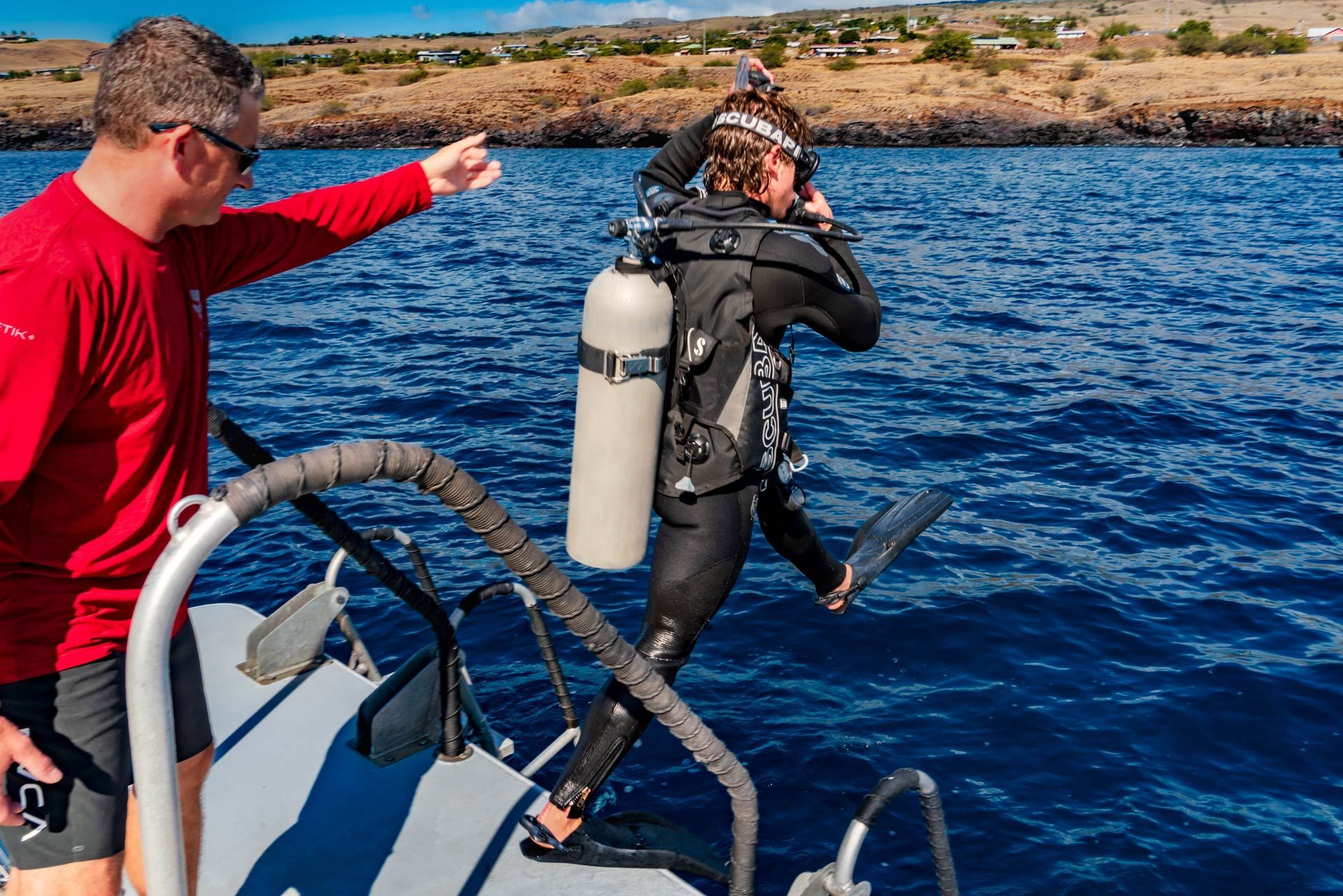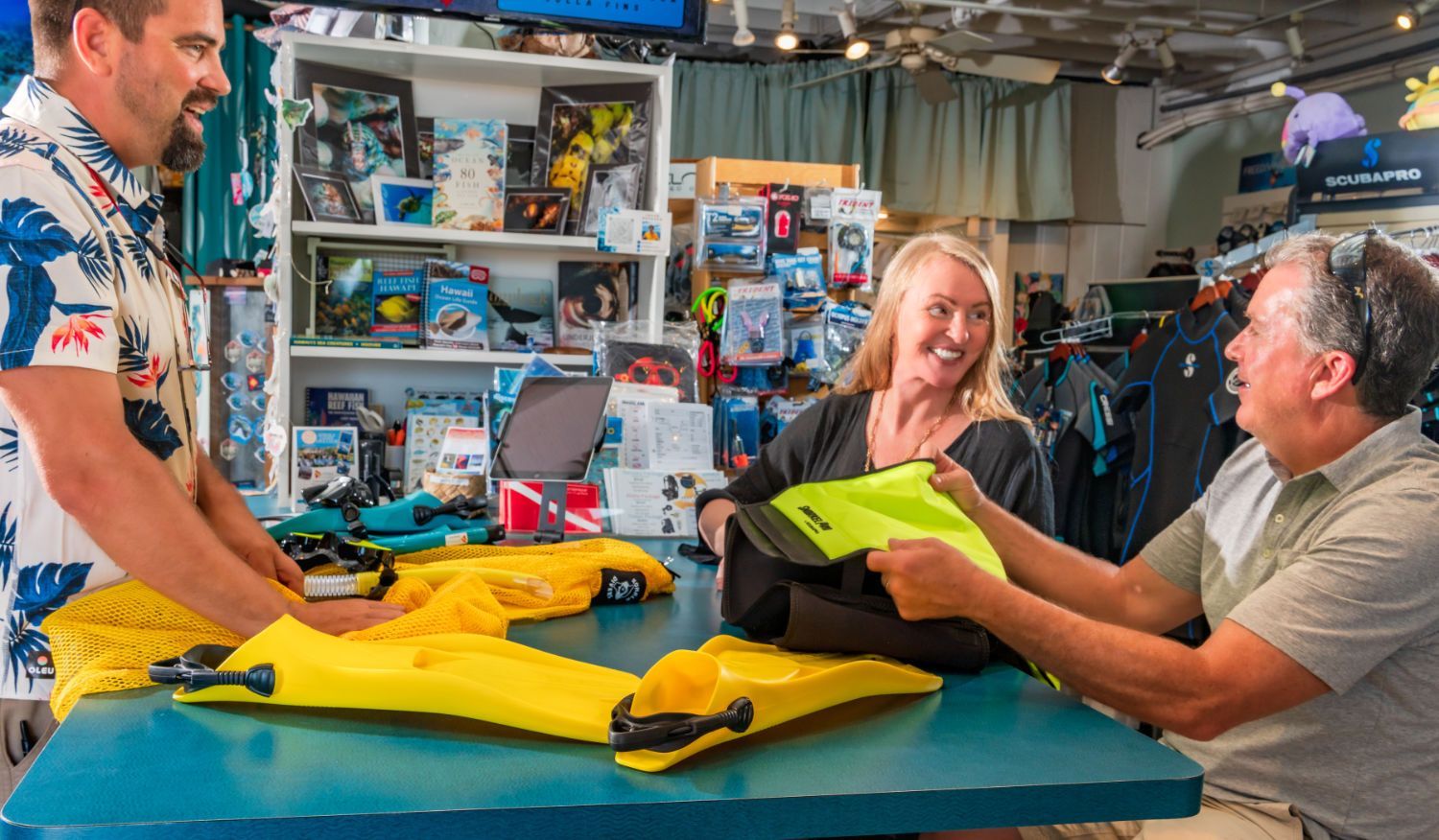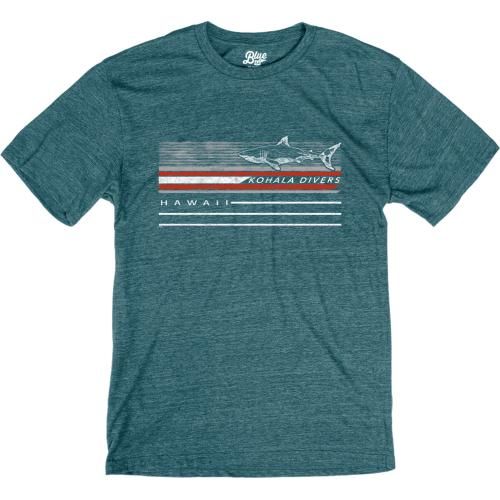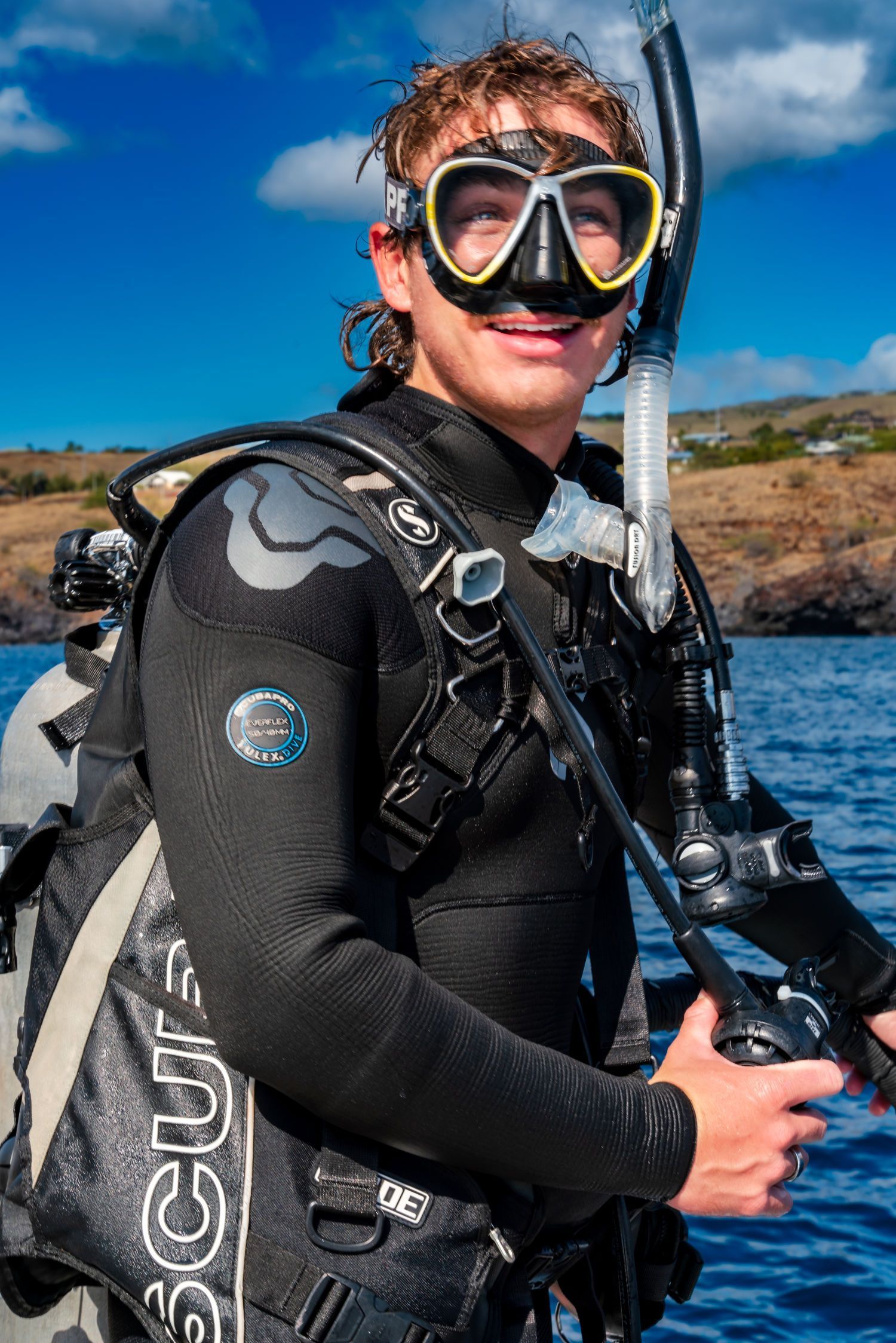5 fish you will probably meet on a Hawaiian reef
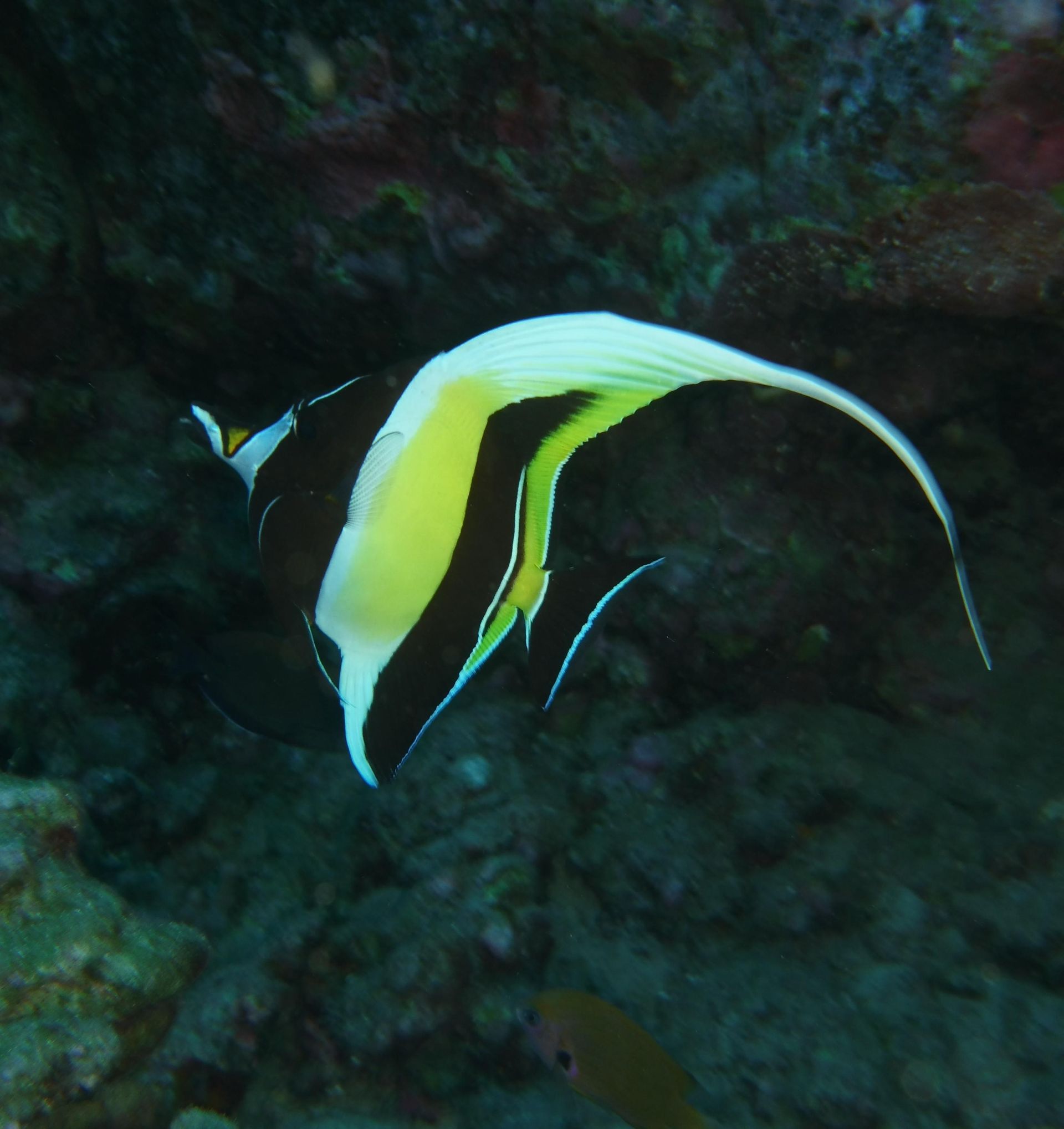
Exploring the underwater world for the first time can be life changing!!
Becoming a snorkeler or Scuba diver can open up an entire new world of discovery. As a long time scuba diver I’ve become a self proclaimed fish nerd. I’ve dated each picture in the Hoover fish of Hawaii book hoovers ultimate book for when I first spotted a species. I know the different stages fish go though as they age making them look completely different from juvenile to adult like the Coris wrasse and the Dragon wrasse.
I’d say this is one of the main reasons snorkeling and diving are such life long addictive sports. There’s always more to explore, find, and learn about the depths of the ocean.
I still remember my first snorkel in Hawaii and the fish I saw that still impress me every time I scuba dive or snorkel. If you are just beginning your snorkeling adventures and want to start learning about what you are seeing here is a list of fish with their common and Hawaiian names that you will see on Hawaiis reef and what makes them special.

#1 Moorish Idol
Hawaiian name: kihikihi
This hard to miss beauty is often mistaken for a butterfly fish but it is actually the only fish in its family Zanclidae. Its closest relative is the surgeon fish but it lacks the dorsal spine of the surgeon family. This fishes delicate small pointy mouth is perfect for feeding on sponges and is often found upside down on the roofs of caves or foraging in the shallows on the reef.
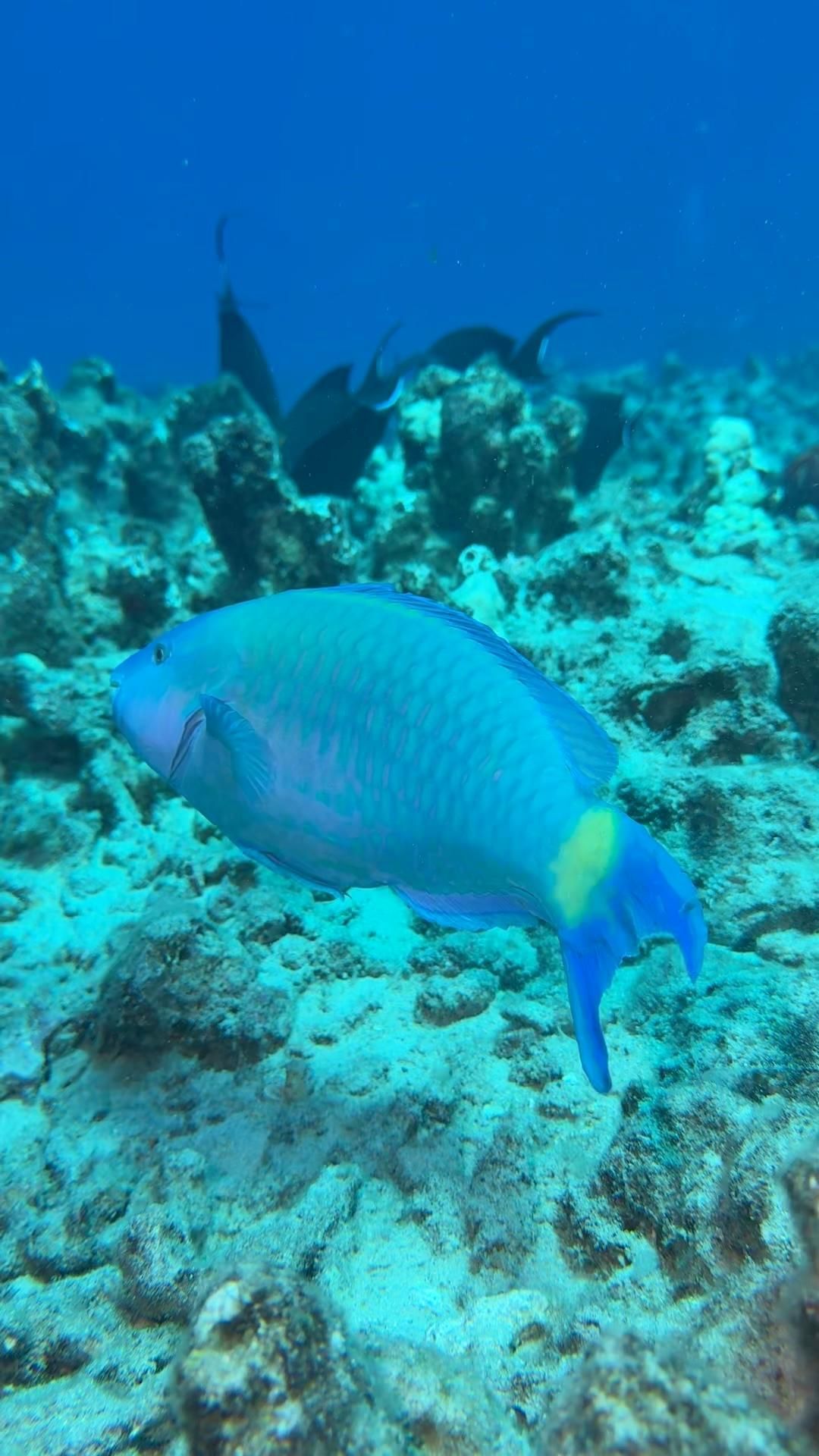
#2 Parrot Fish
Hawaiian name: uhu
There are many species of parrot fish in Hawaii and they change coloration from juvenile to adult. Males and females also have different coloration so these can be a tricky group to identify. Parrot fish behavior though is interesting to watch. Parrotfish feed on coral polyps and so they eat by taking bites from coral with their strong beak like mouth. You can hear the crunch as they munch the reef before your eyes. After they process the nutrients from the coral they break down and excrete the coral as white sand that they poop out to form much of Hawaiian beaches. Great thing to think about on your next beach nap.

#3 Longnose Butterflyfish
Hawaiian name: lau-wiliwili-nukunuku‘oi‘oi
If a fish can pull off being cool this is the one. These stunning butterfly fish have spiky fins along the top of their body and a long snout. There are technically 2 varieties long nose and forceps butterfly though they look very similar. On the big island and especially the kohala Coast you may get lucky and see this fish go into a black color phase or even in transition between yellow and black. It’s not completely understood why they do this but the black lava rock terrain of the big island suggests perhaps it’s for camouflage.
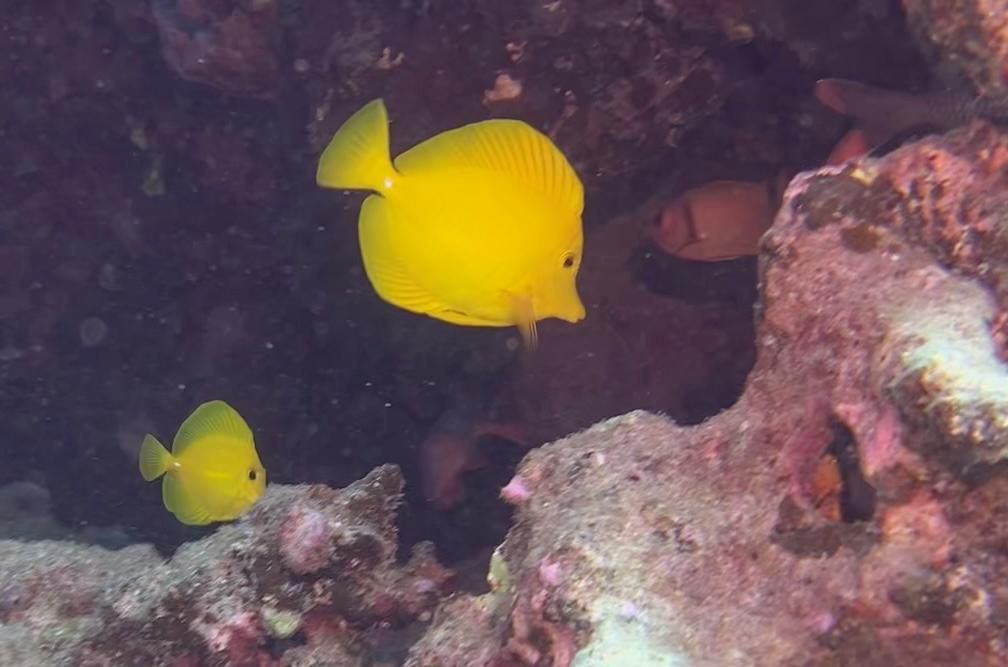
#4 Yellow Tang
Hawaiian name: lau’ipala
Everything about this fish is yellow. Except its tiny white scalpel at the base of its tail. This sharp spike shows it to be part of the surgeon fish family. This family of fish can use their sharp “scalpel” to protect them from predators.
These reef beauties are very important residents as they feed on algae that could otherwise harm the reef. All reef systems need a delicate balance of residents to balance its health. The yellow tang is the most captured fish for the aquarium trade and this has caused stress for Hawaiis reefs. All reef fish are best left in the ocean to keep system thriving as a whole ecosphere.
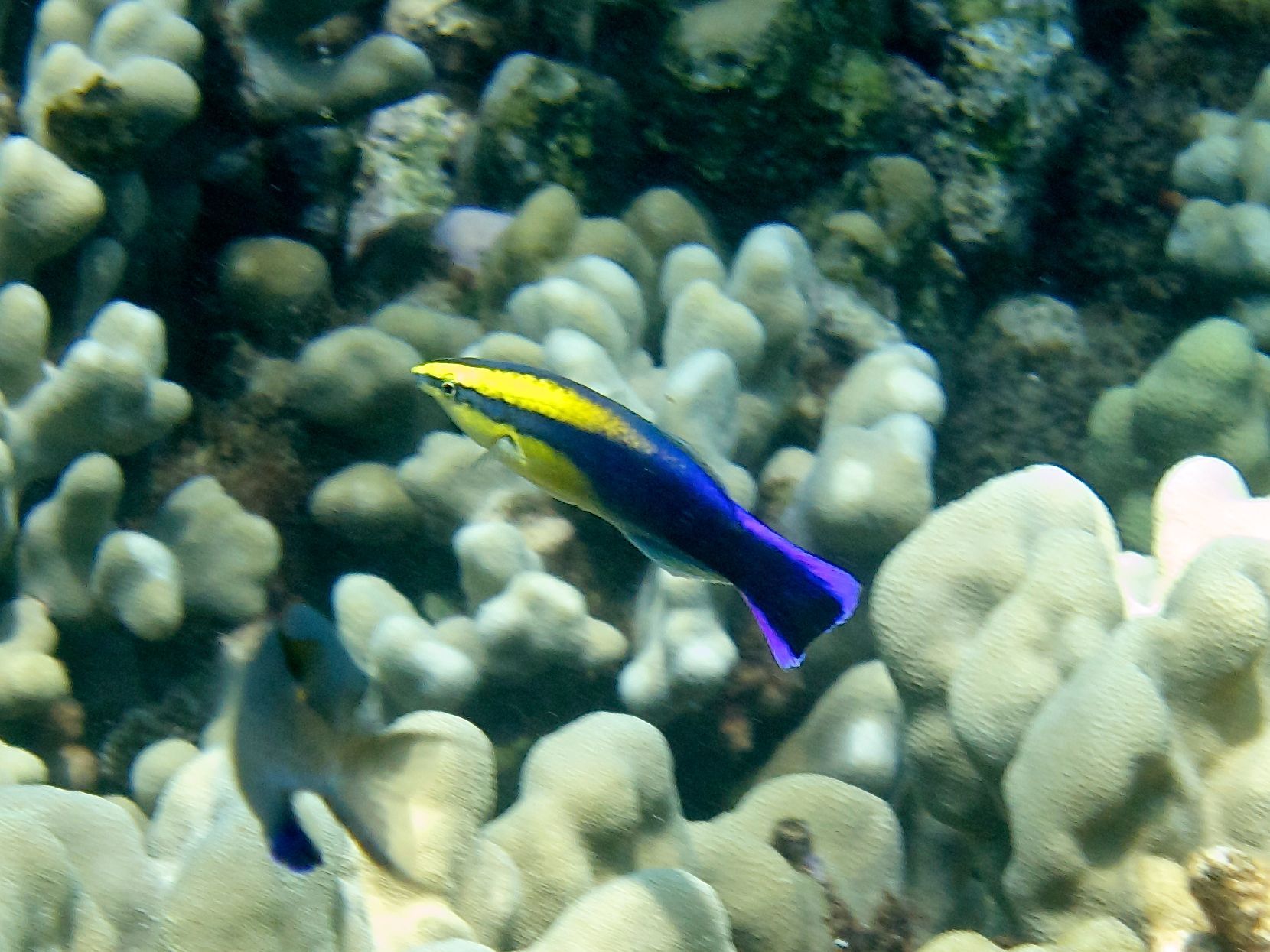
#5 Hawaiian Cleaner Wrasse
Hawaiian name: none known
These hard working industrious fish are guaranteed underwater entertainment. Their daily diet consists of mucus, fish scales and ectoparasites. They find these food sources by advertising grooming services. Fish will literally line up to get there turn at the local cleaner wrasse salon and these “businesses” often stay in the same locale day after day.
These are just 5 of the hundreds of amazing fish you will encounter when you snorkel or dive in the reefs of Hawaii. Be sure to pick get a great fish identification book like book hoovers ultimate to learn to identify the fish that you see when you snorkel or dive. Knowing which fish are less common and why they behave like they do all leads to your time in the water being more meaningful and memorable.
